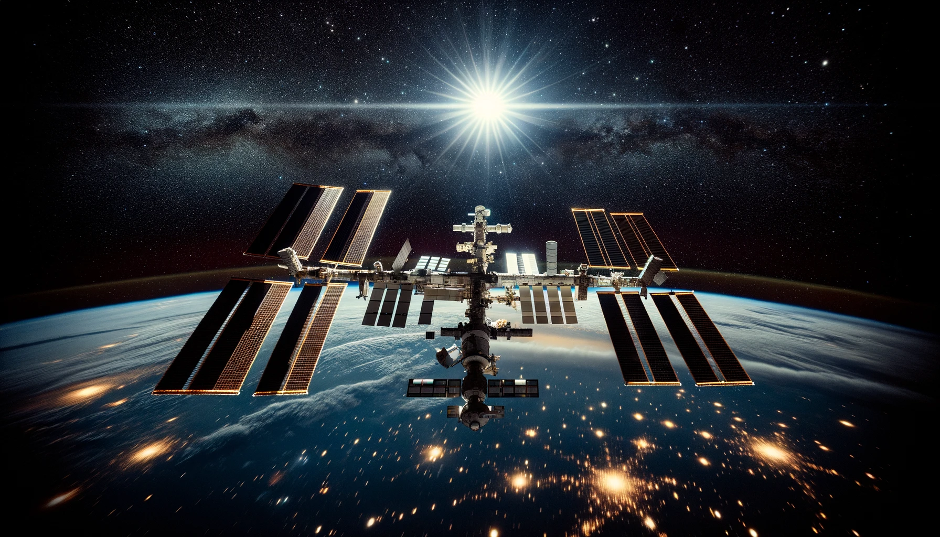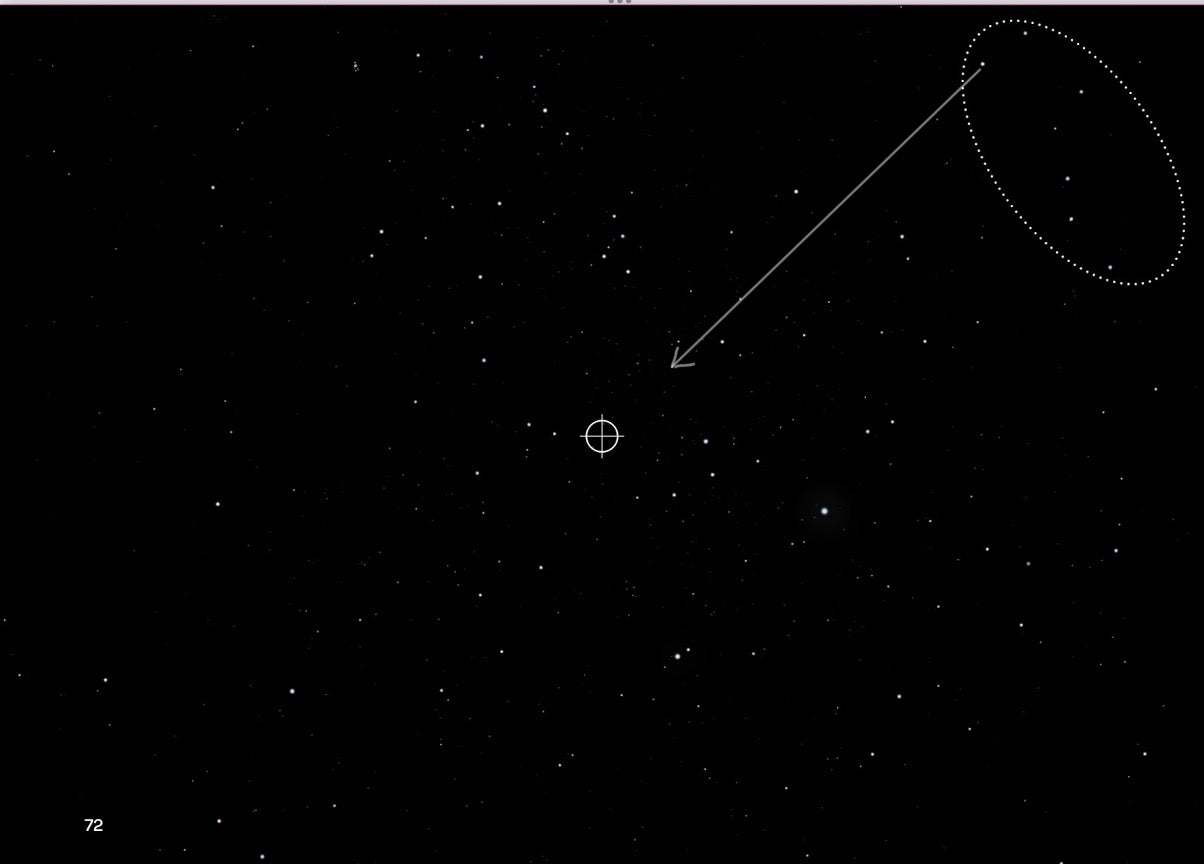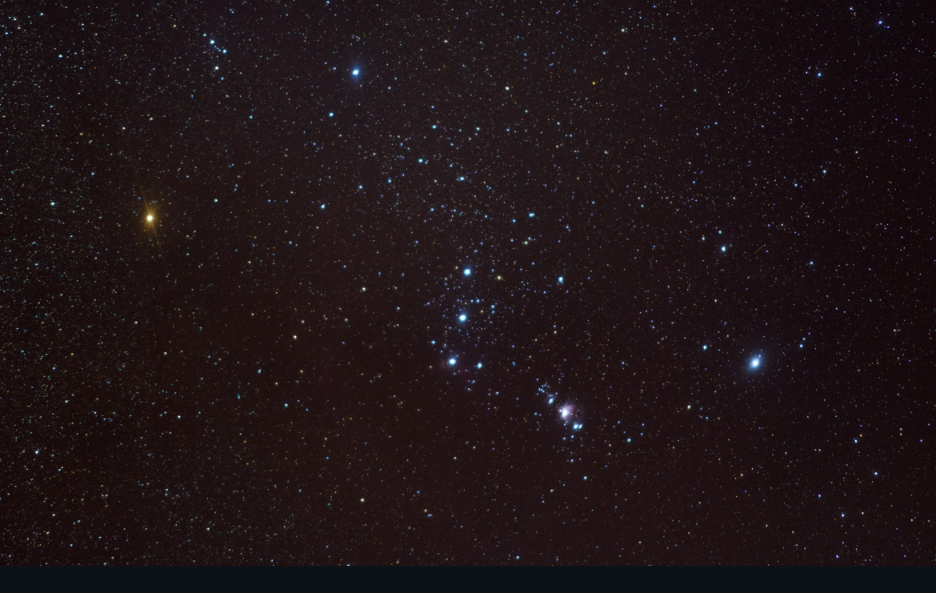How to spot the International Space Station in the Night Sky


If you're spending the evening honing your Stikky Night Skies skills, a fun activity is to look for the International Space Station (ISS). As the largest human-made structure in orbit, the ISS is usually the brightest object in the night sky, second only to the moon. It's so luminous that it can be spotted even from the heart of an urban city. Here's a guide to spotting the ISS in the night sky:
The ISS orbits Earth approximately every 90 minutes, resulting in 16 sunrises and sunsets for the crew each day. The optimal time for spotting it is during twilight hours, just after sunset or before sunrise, when the sun's rays reflect off the station's surface, making it visible against the darker sky.
To spot the ISS, search for a bright, white dot moving rapidly across the sky. At first, it may resemble a fast-moving plane, but unlike aircraft, it won’t have red or flashing lights. The light from the ISS is steady and moves consistently from west to east. If you notice a bright dot moving north or south, it's likely one of the 7,700 active satellites orbiting Earth.
Many apps and websites can inform you when the ISS will be visible in your area. Services like NASA's "Spot the Station" and apps such as "Heavens-Above" offer real-time tracking and notifications for ISS sightings.
The beauty of ISS spotting is that it's visible to the naked eye, requiring no special equipment. Binoculars or a telescope can enhance the experience, sometimes allowing you to discern the station's shape.
Capturing the ISS in a photograph can be challenging but fulfilling. If you're planning on using your phone, use night mode or even better download an app such as NightCap to turn your phone into a low light photo, video and timelapse camera. It even has a dedicated ISS setting. Watch this video for more details on how to set up the perfect shot. If you’re serious about your astrophotography then you’ll want to set up a DSLR camera on a sturdy tripod, with your widest lens and a remote trigger (review this guide on photographingspace.com) The resulting image should capture the ISS's trajectory as a continuous streak of light.
Learning about the ISS's current mission, crew, and objectives can enrich your viewing experience. Understanding that there are astronauts onboard conducting experiments adds a human dimension to the sighting.
Spotting the ISS is a simple yet profound experience. It's a testament to human ingenuity and the marvels of space exploration. So, next time you're star-gazing, keep an eye out for the ISS—it's an unforgettable sight.
Related Posts
View all posts
Polaris, also known as the North Star or the Pole Star, is very close to, though not exactly on, the...

The night sky is a tapestry of celestial wonders, and among them, the constellation Orion stands out as one of...